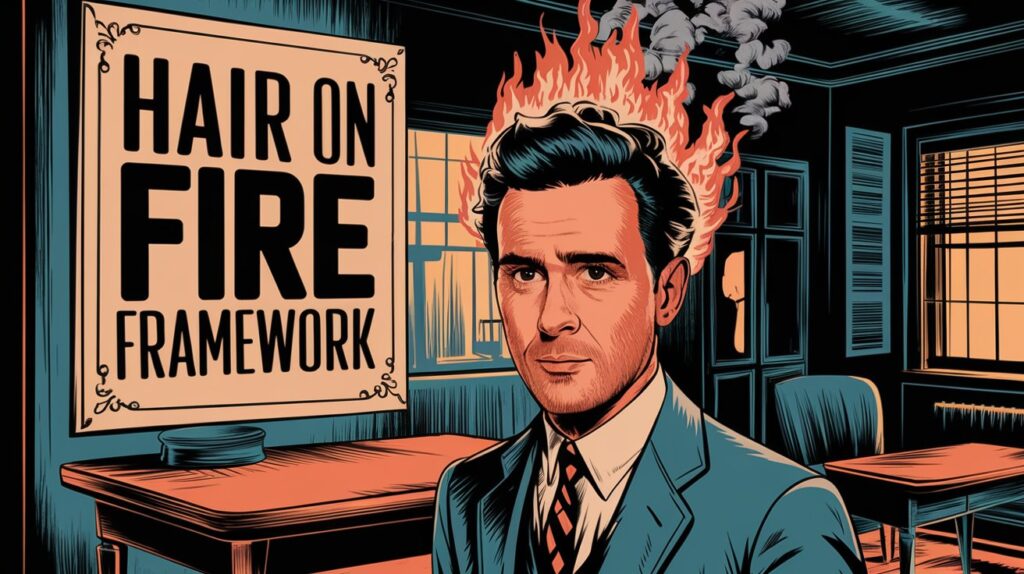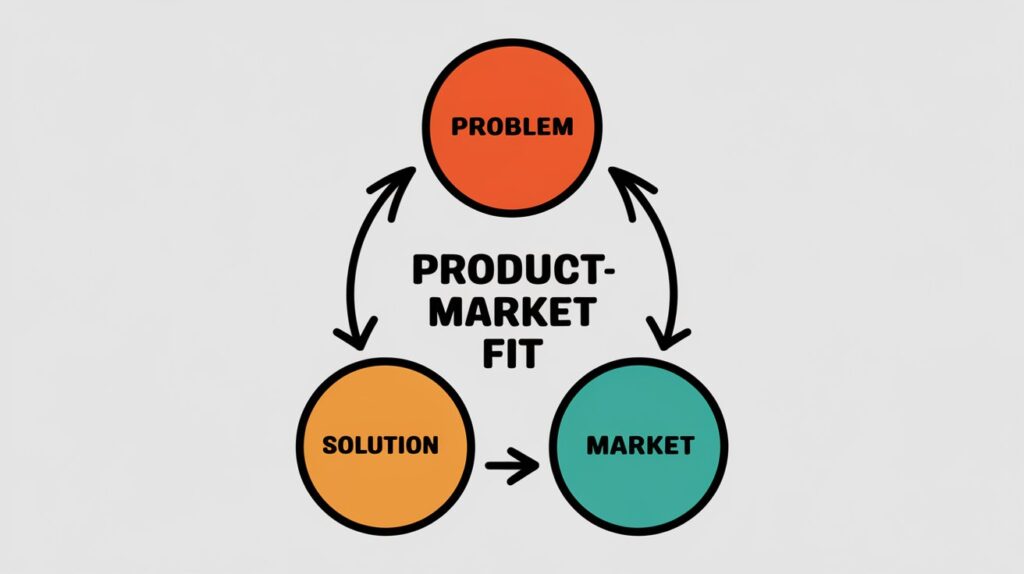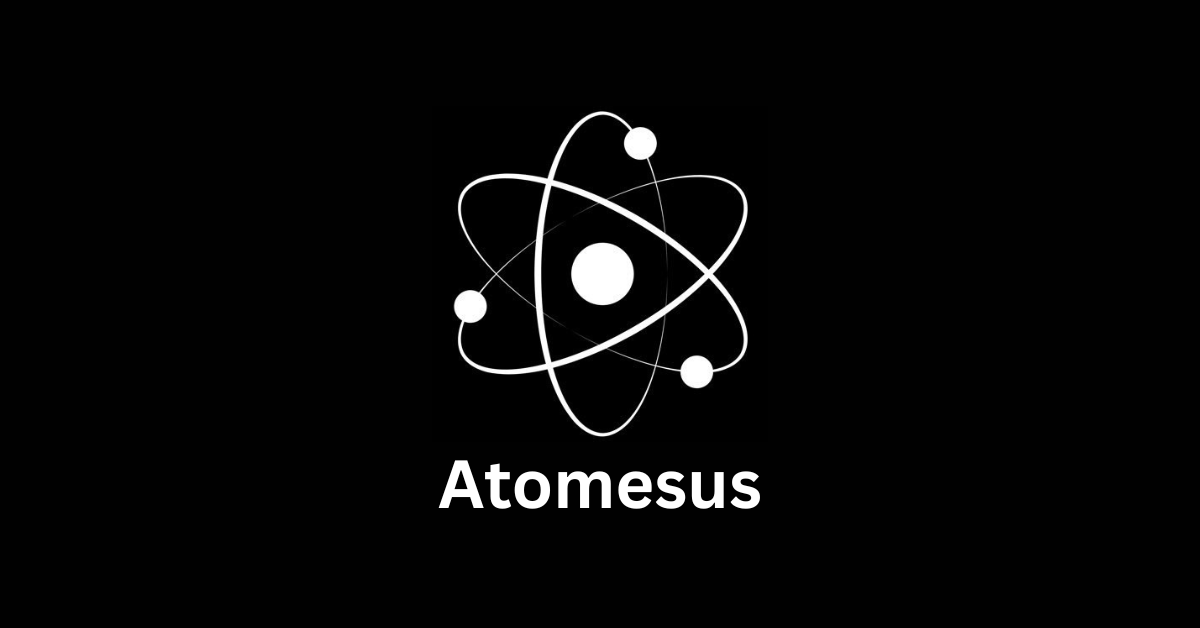- Home
- /
- Product Management
- /
- Hair on Fire Framework
Introduction
The Hair on Fire Framework is a powerful tool for startups and businesses. It helps them focus on the problems that customers can’t ignore—the urgent ones that feel like, well, their hair’s on fire! This framework is all about finding those crucial pain points that keep your customers up at night. When applied right, it pushes companies toward creating products or services that people are not just interested in but truly need.
In this article, we’ll dive into the ins and outs of the Hair on Fire Framework, explore how to implement it, and understand why it can make all the difference for startups aiming to make a meaningful impact.
What is the Hair on Fire Framework?

The Hair on Fire Framework helps companies zero in on urgent customer problems. Think of it like this: if a customer’s problem is so intense that it feels like their hair is on fire, they will seek a solution urgently—often without hesitating to pay for it. These problems aren’t just “nice-to-have” solutions; they’re necessities for your customers. If your product or service can be that solution, you’re on to something big.
Why Focus on “Hair on Fire” Problems?

The reason is simple: urgency. In business, solving real customer pain points is essential. But not all problems are created equal. Some issues are so urgent, so frustrating, that customers need solutions immediately. They’re even willing to pay for it without long decision processes. If a company can identify and solve these “hair-on-fire” problems, it not only creates a loyal customer base but also enjoys rapid product-market fit.
Here’s a breakdown of why the Hair on Fire Framework works wonders:
- High Customer Demand: Solving urgent problems usually means customers will buy immediately and frequently.
- Clear Product-Market Fit: When you tackle critical issues, customers recognize the value and adopt your solution quickly.
- Easy Market Validation: High urgency leads to fast feedback, allowing you to improve and iterate on your product quickly.
How to Use the Hair on Fire Framework

Now, how do you put this framework into action? Here are some practical steps to help you identify “hair-on-fire” problems and develop solutions that customers will be eager to pay for.
1. Identify Critical Pain Points
Start by talking to your customers or potential users. Look for problems they describe with intense frustration or even desperation. Ask questions to find out how much time, money, or effort they’re losing because of the issue. When you hear them say things like, “I would pay anything to fix this!” or “This problem is driving me crazy!” you’ve likely found a hair-on-fire problem.
2. Validate the Problem’s Urgency
Not all frustrations are truly “hair-on-fire.” Some might sound like big problems but, upon closer inspection, don’t lead to customers actively seeking solutions. For a problem to qualify, it needs to have high urgency. Here are some quick ways to validate urgency:
- Customer Surveys: Conduct short surveys to see if multiple customers experience the same problem urgently.
- Behavior Analysis: Look at your customer’s actions. Are they trying to solve the problem on their own? This is often a sign of high urgency.
3. Prototype Quickly and Get Feedback
Once you’ve identified a potential hair-on-fire problem, develop a simple, quick prototype that addresses it. You don’t need a complete solution; a basic one that captures the idea will do. Show it to your target customers and see how they react. If they’re excited and provide constructive feedback, you’re on the right track. They may even offer ideas for improvement, making your solution more aligned with their needs.
4. Prioritize Based on Urgency
With the Hair on Fire Framework, not every customer complaint will make the cut. Prioritize only those problems that have a burning urgency and affect your target audience widely. Your goal is to allocate resources to the issues that matter most, ensuring you’re not investing in “nice-to-have” features that won’t drive real value.
Real-Life Example: Uber’s Rise

Uber is a prime example of a company that tackled a hair-on-fire problem. Before Uber, people in cities faced the hassle of hailing taxis, waiting endlessly, and dealing with price uncertainty. Uber identified this as a hair-on-fire issue, especially for urban dwellers who needed reliable transport options. By offering an easy-to-use app for instant ride bookings with clear pricing, Uber resolved a pressing issue. This framework, combined with a well-designed solution, helped Uber grow rapidly and meet real-world needs.
Benefits of the Hair on Fire Framework

Applying the Hair on Fire Framework has several advantages. Here’s what makes it a valuable approach:
- Faster Time to Market: Urgent problems mean eager customers, allowing for faster market validation.
- Strong Product-Market Fit: Solving critical pain points gives you a more direct path to success with customers who are immediately invested.
- Resource Optimization: By focusing on the most pressing issues, you can use resources efficiently without spreading them thinly across non-essential features.
FAQs about the Hair on Fire Framework

Q: What’s the main goal of the Hair on Fire Framework?
The goal is to find and solve urgent customer problems. These are high-priority pain points that customers want resolved quickly and will often pay for eagerly.
Q: How do I know if a problem is urgent enough?
Listen for cues from customers. If they express frustration and a willingness to pay for a solution, it’s likely urgent. You can also validate urgency through customer surveys or observing user behavior.
Q: Can this framework work for any business?
Yes! Although it’s particularly popular in startups and product development, any business that wants to focus on customer-centric innovation can apply this framework.
Q: What happens if I solve a problem that’s not urgent?
If the problem isn’t urgent, customer adoption may be slower, and the product may not resonate as strongly. The framework helps avoid this by ensuring that only critical, “hair-on-fire” problems are tackled.
Q: How do I prioritize multiple hair-on-fire problems?
Start with the problem that affects the widest customer base and has the highest potential for repeat purchases or high demand. Focus on impactful solutions first to build momentum.
Conclusion

The Hair on Fire Framework is a highly effective way to ensure that the problems you’re solving are truly meaningful to your customers. By focusing on critical, high-urgency issues, you’re able to create products and services that have immediate, lasting value. This framework not only provides a clear direction for product development but also reduces the risk of investing in low-impact ideas.
If you want your business to stand out and grow rapidly, seek out those “hair-on-fire” problems. Solve them well, and you’ll have loyal customers who can’t wait to use your solution.
Enjoyed this article? Want to dive into Pricing Strategies? Explore here. Interested in learning about Funnels? Discover more here. Curious about Product Management Frameworks? Find out more here.












Leave a Reply